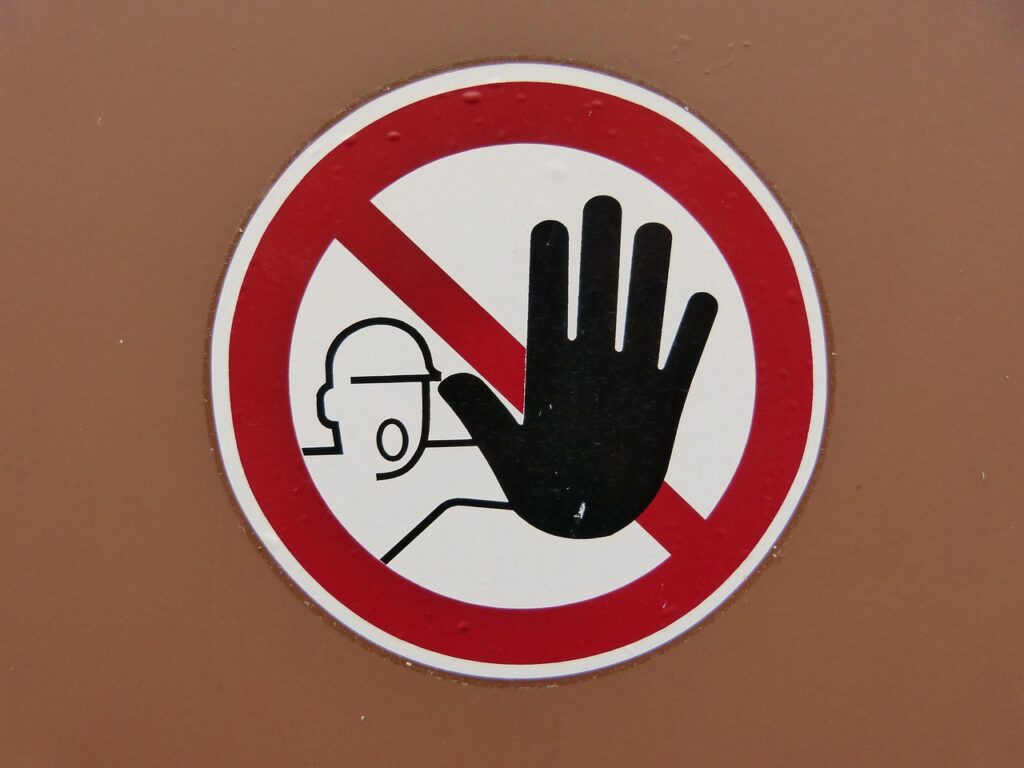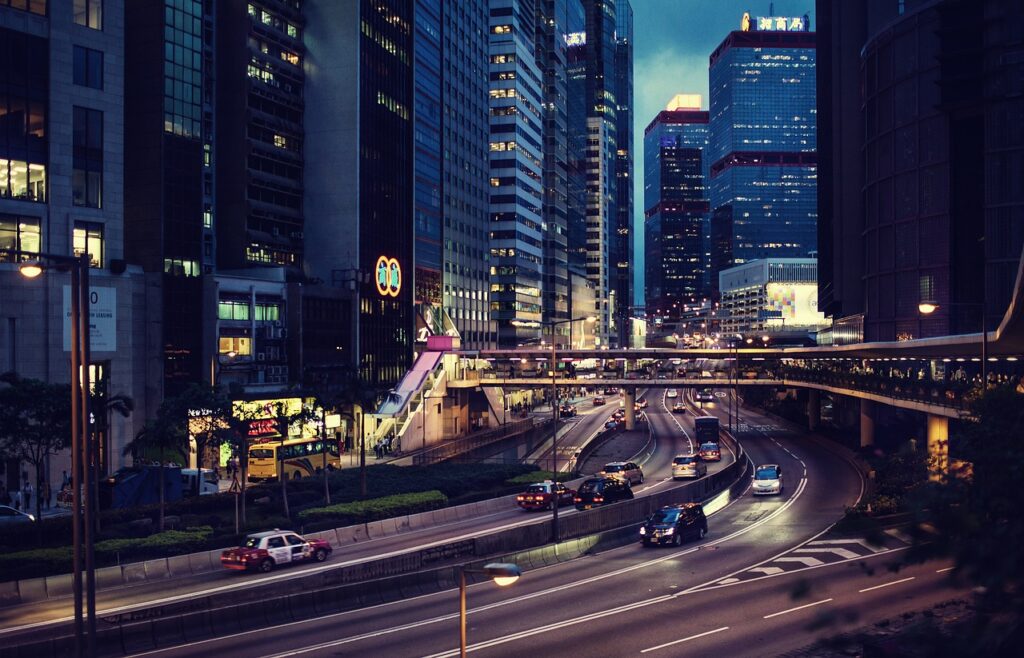Thinking of dusting off your passport and catching a flight somewhere exotic? You might want to double-check your destination. The U.S. State Department just updated its Level 4: “Do Not Travel” list, and it’s a who’s-who of global hotspots you’d be wise to steer clear of—for now.
Whether you’re a seasoned globetrotter or a wanderlust-filled newbie, this list matters. It’s not just about spoiled vacations; it’s about safety, security, and sometimes, the very real risk of not making it back.

🧭 What Does “Do Not Travel” Actually Mean?
In simple terms: don’t go. A Level 4 advisory is the U.S. government’s way of saying, “This isn’t just risky—it’s downright dangerous.”
The reasons vary—some countries are battling terrorism, others are tangled in civil war, some detain foreigners without cause, and a few have health emergencies or active conflicts that make travel almost impossible.
Also? If things go south, don’t count on the embassy swooping in to save the day. In many of these places, U.S. consular services are limited or nonexistent.
🌍 The 21 Countries on the Level 4 “No-Go” List in 2025
Here’s the full lineup of destinations currently flagged as “Do Not Travel” zones:
- Afghanistan
- Belarus
- Burkina Faso
- Burma (Myanmar)
- Central African Republic
- Democratic Republic of the Congo
- Haiti
- Iran
- Iraq
- Lebanon
- Libya
- Mali
- North Korea
- Russia
- Somalia
- South Sudan
- Sudan
- Syria
- Ukraine
- Venezuela
- Yemen

⚠️ Why These Countries?
Each country earned its place on the list for unique (and frankly terrifying) reasons:
- North Korea: Known for wrongful detentions and zero diplomatic protections for Americans.
- Burkina Faso & Mali: Terrorist activity and rampant kidnapping.
- Haiti: Ongoing gang violence and a collapsed political system.
- Iran & Russia: Heightened risk of wrongful arrests and political detentions.
- Sudan & Syria: Civil war, collapsed governments, and active military conflicts.
Many others on the list are experiencing overlapping threats: political instability, crime, terrorism, and anti-foreigner sentiment.
🛡️ What If You Have to Travel?
We get it—sometimes personal or professional obligations override caution. If you must go to one of these countries:
- Enroll in STEP (Smart Traveler Enrollment Program) – it helps the embassy contact you in case of emergency.
- Get comprehensive travel insurance – including evacuation and repatriation coverage.
- Stay off the radar – avoid crowds, protests, and political discussions.
- Have a Plan B – and a Plan C. Know your exits, contact people back home regularly, and stay connected.
❓ Most Asked Questions – Answered
Q: Can I still go to a Level 4 country?
A: Technically, yes. The advisory is not a legal ban. But if you choose to go, you’re assuming all risks.
Q: How often is this list updated?
A: Regularly. It can change with little warning. Always check travel.state.gov before you book that ticket.
Q: Are there safer parts within these countries?
A: Possibly, but the Level 4 warning usually covers the whole country. Even in calmer regions, rapid changes in safety conditions can occur.
Q: What if I’m already there?
A: Contact the nearest U.S. embassy immediately. Follow their guidance, stay indoors if needed, and prepare for the possibility of emergency evacuation.

✈️ Final Thoughts
The world is a beautiful place, but not every corner is ready—or safe—for visitors. The State Department’s “Do Not Travel” list isn’t just bureaucratic red tape—it’s built on real-time intelligence, risk analysis, and cold, hard experience.
Travel smart. Stay informed. And if you’re craving adventure, maybe save these 21 destinations for a future where peace, not peril, is the passport stamp.
Sources New York Post


